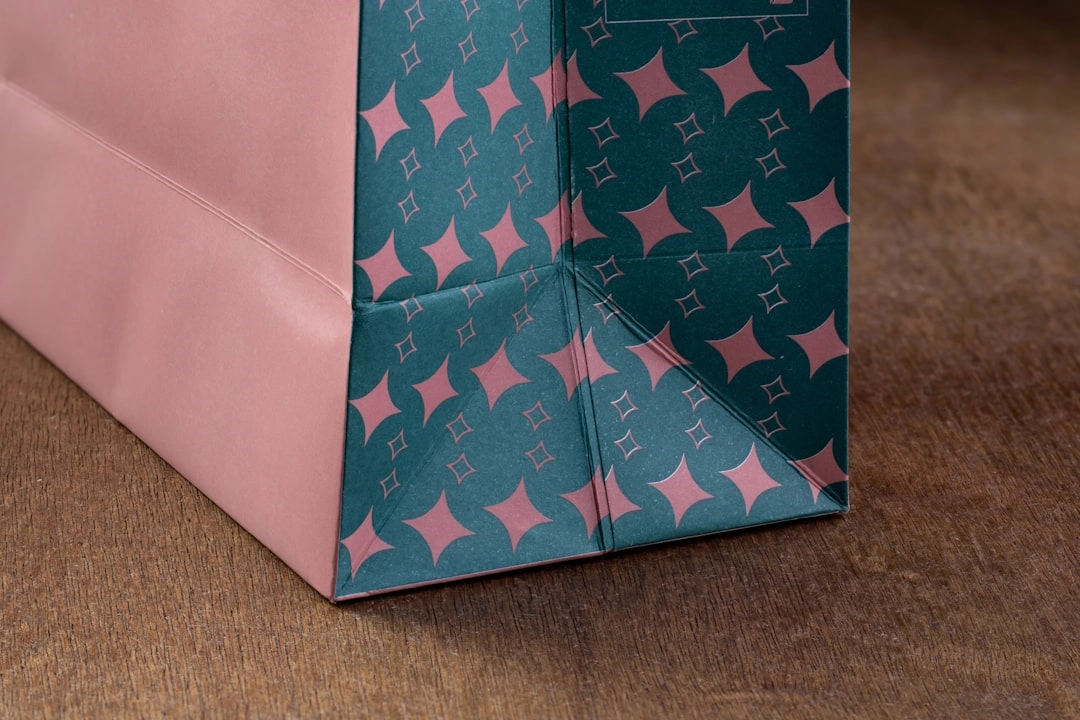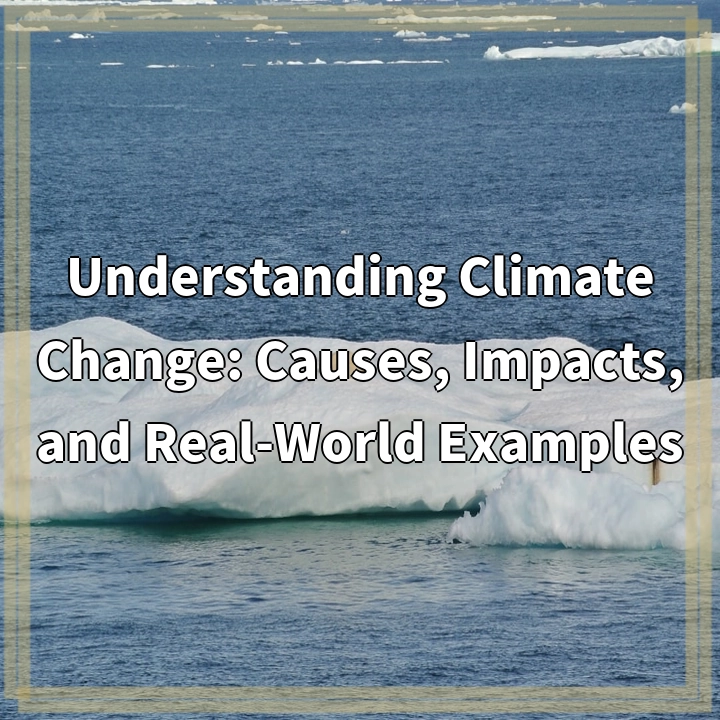
What it is:
Biodegradable plastics are a type of plastic designed to break down more quickly than traditional plastics when exposed to natural environmental conditions. Made from renewable resources such as plant materials, cornstarch, or other biodegradable substances, these plastics undergo microbial decomposition. Unlike conventional plastics, which can take hundreds of years to decompose, biodegradable plastics aim to reduce landfill waste and minimize environmental impact. They are commonly used in various applications, including packaging, disposable cutlery, and bags, offering a more sustainable alternative to traditional petroleum-based plastics.
Real-world problems
Despite their potential benefits, biodegradable plastics present several real-world challenges. One significant issue is the misconception that these materials will decompose in any environment. Many biodegradable plastics require specific conditions, such as high temperatures and industrial composting facilities, to break down effectively. Without these optimal conditions, they may still persist in the environment for a prolonged period, contributing to pollution.
Environmental Impact
Another problem is the environmental impact of producing biodegradable plastics. While they may be derived from renewable resources, the agricultural practices required to cultivate these feedstocks can lead to deforestation, loss of biodiversity, and increased greenhouse gas emissions. Furthermore, the processing of these materials may require significant energy inputs, thus offsetting some of the environmental benefits.
Disposal Issues
The disposal of biodegradable plastics can also be problematic. Many municipal waste management systems are not equipped to handle biodegradable materials. When mixed with traditional plastics in landfills, they may not decompose as intended. As a result, the desired environmental benefits may not be realized. Public awareness and education regarding proper disposal methods are crucial to mitigate this issue.
Market Acceptance
Market acceptance poses another barrier. While biodegradable plastics have gained traction in some sectors, their higher production costs compared to conventional plastics can deter widespread adoption. Additionally, businesses and consumers may be hesitant to embrace these alternatives without clear understanding and reliable certification regarding their biodegradability and environmental benefits.
Regulatory Challenges
Finally, the regulatory landscape surrounding biodegradable plastics is still evolving. Confusion over labeling, standards, and certifications can create challenges for both consumers and manufacturers. Establishing clear guidelines and regulations is essential to ensure that biodegradable plastics live up to their promises while also fostering consumer confidence.

Solutions to the Challenges of Biodegradable Plastics
To maximize the environmental benefits of biodegradable plastics, several solutions can be implemented to address the challenges discussed.
Improved Composting Infrastructure
One of the primary solutions is enhancing composting infrastructure. Developing more industrial composting facilities and promoting local composting programs can ensure that biodegradable plastics are processed in optimal conditions. This change would enable more effective breakdown and significantly reduce the chance of these materials ending up in landfills.
Public Education and Awareness
Raising public awareness about biodegradable plastics is crucial. Educational campaigns can inform consumers and businesses about proper disposal methods and the environmental benefits of these materials. Clear labeling of products and instructions can help guide proper use and disposal, ensuring that biodegradable plastics contribute positively to waste reduction.
Sustainable Production Practices
Implementing sustainable agricultural and production practices will further mitigate the environmental impact of biodegradable plastics. This includes promoting organic farming methods, reducing deforestation, and improving the energy efficiency of manufacturing processes. Investing in research and development can lead to the creation of new materials that are both biodegradable and less harmful to the environment.
Market Development and Accessibility
To encourage market acceptance, it is essential to make biodegradable plastics more accessible and affordable. Supporting businesses that utilize these materials and providing incentives for green practices can stimulate demand. Advancing technology to lower production costs will also make biodegradable options more competitive with traditional plastics, encouraging wider adoption.
Establishing Clear Regulations
Finally, establishing clear regulations and standards for biodegradable plastics is vital. Governments and regulatory bodies should develop comprehensive guidelines that define what constitutes biodegradable plastic. These regulations can help ensure consumer confidence, promote transparency, and prevent greenwashing in the market.















